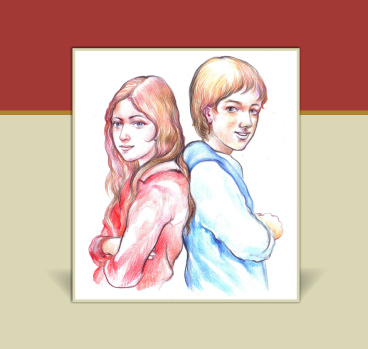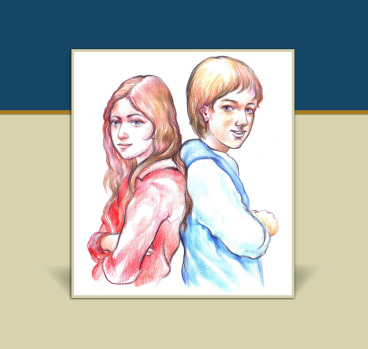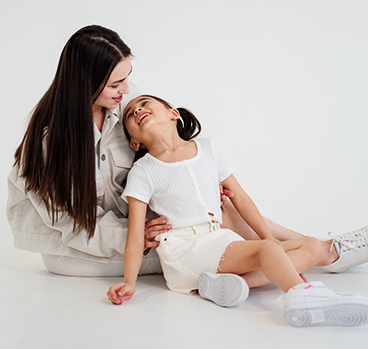The Autism Spectrum: Where Does your Learner Stand?
Here are the five classifications that fall under the autism spectrum disorder or ASD, listed in order of mild to severe intensity:
Rett’s syndrome is on the severe end of the autism spectrum. Children with this disorder exhibit deterioration of mental, social, and communication skills. Children with Rett’s syndrome are unresponsive, even to parents, and avoid social contact, and can even stop talking. Physical manifestations include the inability to control their feet and constant wringing of their hands in addition to an obvious reduction in muscle tone, causing the child to appear “floppy”. Comorbid medical conditions such as scoliosis, leaky gut syndrome, cardiac problems, swallowing problems, and erratic sleeping problems can also be present.
Journey to Independence- ABA Waitlist Training for Parents
Introduction to Autism and ABA eBooks bundle
What is Autism?
Copyright © by Special Learning Inc. All right reserved.No part of this article may be reproduced in any manner whatsoever without written permission except in the case of brief quotations embodied in critical articles and reviews. For information, contact Special Learning Inc., at: contact@special-learning.com








